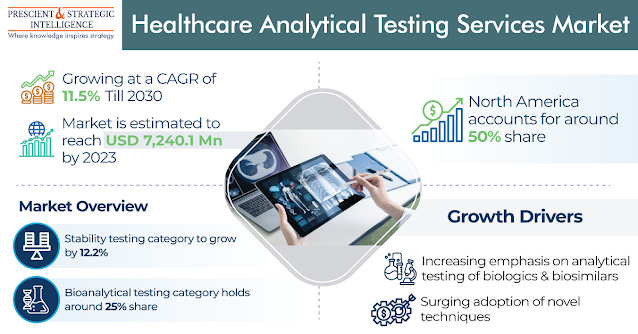The hydrazine hydrate market is at a value of about USD 298.7 million in 2023, and it will power at a compound annual growth rate of 5.9% by the end of this decade, to reach USD 441.1 million by 2030. The growth has a lot to do with the increasing levels of water pollution and the fast acceptance of this compound in the aerospace industry.
The 60–85% category dominated the industry, within segmentation by concentration. This is because of the use of this alternative in numerous applications, such as chemical synthesis, expansion of veterinary drugs, and as a blowing agent. Furthermore, it is put to use in the EPU of aircraft that have a single engine as a catalyst.
For example, the F16, fighter jet’s EPU has hydrazine because it provides an immediate supply of power and does not need maintenance. As far as the weight is concerned, the F-16’s EPU has 70% hydrazine and 30% water.
APAC led the hydrazine hydrate market, and this trend will continue by the end of this decade as well, with USD 0.1 billion. This is due to the growing requirement for polymers and the rising agrochemical and automotive industries.
China is the leader of the APAC region, and it will grow at a rate of 6.8% in the years to come, credited to the flourishing plastics and packaging industries.
Polymerization and blowing agents are important uses of the chemical used for making polymer foams as a foaming agent. Polymer foams has a high thermal insulation and low molecular weight, as a result of which they are put to use in more than a few industries, for example automotive, construction, aerospace, and electronics.
The adaptability of polymeric substances also helps in decreasing the cost of manufacturing. They are widely used in the healthcare and automotive industries due to their low cost, helping the manufacturers decrease the production cost without compromising the quality of the product.
Moreover, because of the various chemical, electrical and mechanical properties, for example, high-strength- to-weight ratio, insulating, elasticity, optical properties, and resistance to corrosion, the use of plastics is spread far and wide across industries.
The rising levels of water pollution has a lot to do with the increasing demand for hydrazine hydrate, and this trend will also continue in the years to come.














